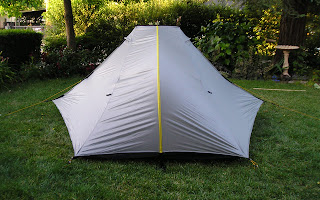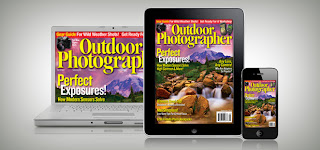Searching for the perfect "Normal" Lens for a ASP-C camera under $400.
 |
| Salt River Area outside of Phoenix, Arizona. |
I just got my new Canon 35mm f/2 lens from
Canoga Camera. First let me say, if you are anywhere west of the Mississippi, I would recommend them over B&H or Adorama (unless you are in California, and you are trying to avoid Taxes). They are in California and you will usually receive it in half the time, and their pricing is competitive. They will charge for shipping, but I have asked them for free shipping, and they obliged.
Now I am an avid panoramic photographer, who does both IR and HDR panoramic images. And as many people who love to learn, I research everywhere I can. I explore everywhere, whether on the net or reading magazines. While reading Outdoor Photographer in the new March issue, I came across an article about Brandon Riza's panoramic photography and his techniques. I usually shoot many of my panoramic images with a 10-22mm canon EF-S Lens, and still will when I am doing spherical Panos. Riza makes the case for using a normal lens for panoramic images, to get more of the viewer sight of the subject. He is running a 50mm on a 5DmkII. The wide angle far away aspect, so I decided for a landscape panoramic I would go as normal as possible. I started by looking as lenses that would be most "normal" for a 1.6 APS-C sensor. I came across three options that were in my budget under $400.

I first started with a
Sigma 30mm f1.4, which is closest to Normal (50mm) which comes in at about 48mm. This lens is designed specifically for APS-C cameras and does not fit full frame cameras. I found it at
Adorama for around $440. I like how fast this lens is. However, after reading up, as much as I could, it seems for many (not all) that this lens has some focus issues. After I had seen this was somewhat a common issue I decided to pass, though I liked it came with a hood. I also read it's a great lens if you use Manual focus, where then it is sharp. The Auto focus on this lens is said to be quiet.

My second choice was a move to the
Canon 28mm f/2.8, a bit slower lens than the Sigma 30mm. This image is about 45mm with the ASP-C sensor. This lens would allow me to use it on a full frame if I ever upgraded my camera. The build quality on this lens feels less than that of the Sigma, but at a price tag of only $259.00. Many positive reviews of this lens, but something that popped up in many reviews, was that there was sharpness loss toward the edges of the image. I wanted to find something that could have as much sharpness as possible, since I do stitching of images. So I decided to search some more.

Finally, I checked out the
Canon 35mm f/2. This lens's drawback is that the lens doesn't have a USM motor, so it's not quiet when in auto focus. If you are in a room with noise, it is not a problem. However, if you are in a room that is silent, this noise will stick out. But for my needs, that is not an issue. This lens runs at 56mm on the ASP-C sensor. So out of the three lenses, it's the least normal, but within the range, so I could handle the small difference. The best thing I read in most reviews, is that this lens is sharp across the entire image. This lens is also faster than the 28mm f/2.8. Furthermore, I read the color from this lens is in addition, better than the canon 28mm. At $305 from
Canoga Camera, I thought this is the lens for me. Being in Arizona, it got here in two days. Better than the week or more it takes from
B&H or
Adorama. I do like both those store, but sometime I just can't wait to play.
The people at
Canoga Camera were helpful and gave me free shipping when I asked, because I told them I would prefer to shop with them. Mainly, because the wait for being located on the west side of the US becomes too long, when everything seems to come out of NY. I will write a review of the 35mm f/2 once I take it out for a good test run. So check back in later if this lens interests you for Panoramic or general photography. If you are interested in knowing some specifics on this lens, drop a question or interest in the comments, and I will do what I can to answer your question.
PART: 2 Canon 35mm on the Trail























